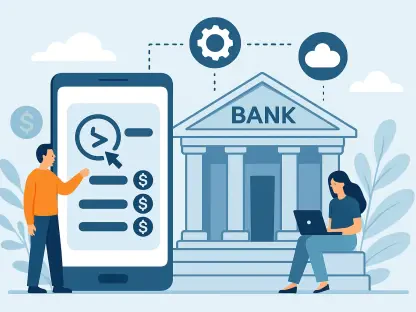Times are changing in Scandinavia, where a high-trust society is being replaced by something different. As many transactions are now 100% digital, it’s something that all insurers should be aware of and deploy tools to spot potential fraud from quote to claim settlement. Here’s the word:
A new survey conducted on behalf of Tietoevry Banking reveals that 18% of Norwegians and 15% of Swedes have fallen victim to financial fraud or identity theft in the past year. This represents approximately 800,000 Norwegians and 1.2 million Swedes. Tietoevry Banking, which assists banks in detecting and stopping fraud, recorded an “all-time high” number of fraud attempts in both countries during the summer months, with a 47% increase compared to the previous year.
Fraud Impact Varies Across Age Groups and Regions
Tietoevry Banking’s own data further supports the findings of the recent survey, showing a significant increase in fraud attempts throughout the summer of 2024. The number of detected fraud attempts reached record levels, with August marking the highest number ever recorded. The most common types of fraud involve various forms of social engineering, such as deceptive phone calls, messages, or advertisements on digital platforms.
The survey shows that younger generations are particularly vulnerable to financial fraud. In Norway, 30% of individuals aged 18-29 and 29% of the same age group in Sweden reported that they or a family member had been affected by fraud in the last year, significantly higher than the 12% of those aged 60+ in Norway and 11% in Sweden. Additionally, Oslo stands out with 28% of respondents reporting they or a family member were targeted, much higher than in other regions.
Concern Over AI-Powered Fraud
“Although fewer elderly people fall victim to fraud, their financial losses are often far greater. Fraudsters often use specific manipulation tactics targeting older individuals, and a successful attempt can grant them access to both online banking accounts and payment cards. Millions in savings can quickly vanish,” says André Moen Eide, head of Tietoevry Banking’s Defense Center.
The survey conducted by YouGov also reveals growing concern over the use of artificial intelligence (AI) in fraud. In Norway, 46% of respondents and 48% in Sweden are now quite or very concerned that AI will increase the risk of fraud.
Public Willingness to Combat Financial Crime
Despite these concerns, both Norwegians and Swedes remain willing to share necessary information to combat financial crime. In Norway, 74% are willing to share personal financial information between banks and public authorities, with 75% in Sweden. Additionally, 55% of Norwegians and 51% of Swedes are open to allowing AI to analyze their financial information for fraud prevention purposes.
“Data sharing between banks and public authorities is crucial for effectively combating financial crime. Today, there are significant opportunities for banks to detect suspicious transaction patterns, but they are often hindered by the inability to share data between different actors. AI can play a vital role in combining this data to prevent large sums of money from falling into the hands of criminals. It’s encouraging to see that so many people in both countries recognize these benefits and are positive about data sharing and AI. It’s essential that we don’t leave the technology solely in the hands of criminals,” says André Moen Eide.
Five Tips to Reduce the Risk of AI-Powered Fraud
- Be cautious of unsolicited communications: Verify the legitimacy of any phone calls, messages, or emails before responding.
- Use strong, unique passwords: Ensure each of your online accounts has a different and complex password.
- Keep software up-to-date: Regularly update your operating system and applications to protect against security vulnerabilities.
- Enable two-factor authentication: Add an extra layer of security by using two-factor authentication for online accounts.
- Regularly monitor financial statements: Frequently review your bank and credit card statements for any unauthorized transactions.









